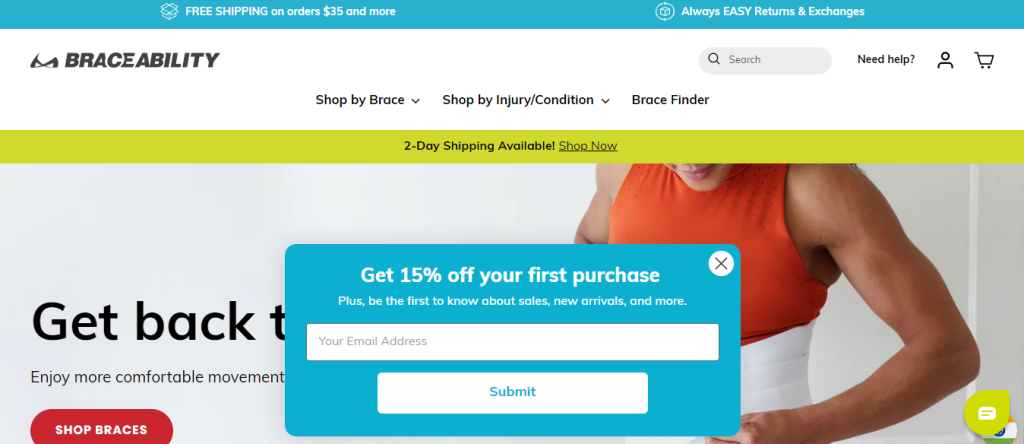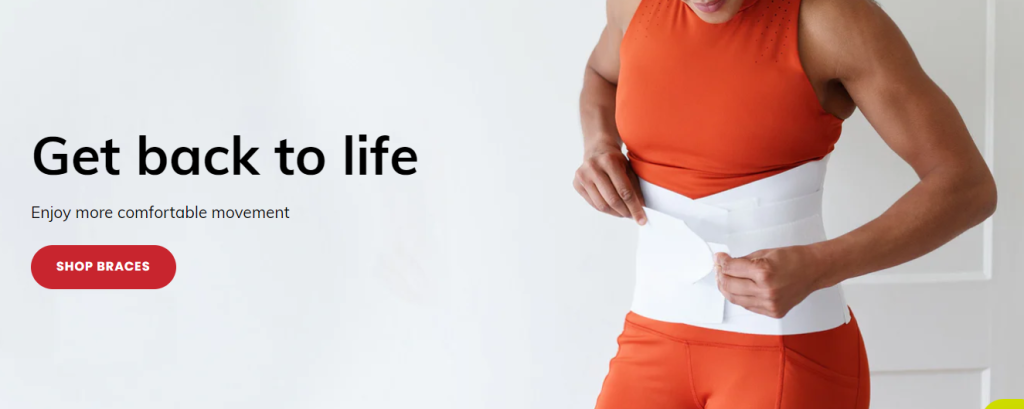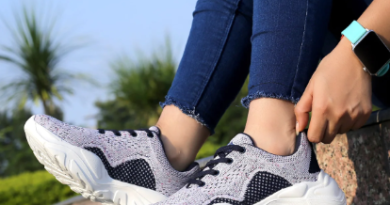Braceability Review: The Ultimate Guide to Finding the Right Support for Your Injury

If you’re like most people, the word “brace” probably conjures up images of medieval torture devices or something your grandma wear to support her aching back. But braces have come a long way in recent years, and there are now many different types and styles that can be used to support a variety of injuries. So, if you’re looking for support for an injury, what’s the best way to find the right brace?
In this guide, we’ll take a look at some of the different types of braces available and help you choose the one that’s right for you. First, let’s start with a brief overview of how braces work. Braces work by providing extra support to the injured area while still allowing full range of motion. This extra support helps to prevent further injury and allows the body to heal more quickly. There are many different types of braces available on the market today. Some are designed for specific injuries, while others can be used for general support.
The type of brace you need will depend on the severity of your injury and your doctor’s recommendation. Some common types of braces include: Neoprene wraps: These are often used for general support or as part of physical therapy. They provide compression and warmth, which can help reduce swelling and pain. Elastic bandages: These are similar to neoprene wraps but are made from stretchy fabric instead. They’re often used for joint support or as
Types of Braces Available
There are many different types of braces available on the market, and it can be difficult to know which one is right for you. Here is a brief overview of some of the most common types of braces: 1. Knee Braces: Knee braces are designed to support the knee joint and help prevent injury. They are often used by athletes or people with arthritis.
2. Ankle Braces: Ankle braces are designed to support the ankle joint and help prevent injury. They are often used by athletes or people with arthritis. 3. Wrist Braces: Wrist braces are designed to support the wrist joint and help prevent injury. They are often used by carpal tunnel sufferers or people with arthritis. 4. Neck Braces: Neck braces are designed to support the neck and help prevent injury. They are often used by people with neck pain or whiplash. 5. Back Braces: Back braces are designed to support the back and help prevent injury. They are often used by people with back pain or scoliosis.
Factors to Consider When Choosing a Brace

There are a few things you should take into account when choosing a brace for your injury. First, consider the level of support you need. Some braces provide more support than others. If you have a milder injury, you may not need as much support. Second, think about the type of injury you have. Some braces are better for certain types of injuries than others.
Third, consider your budget. Braces can range in price from very affordable to quite expensive. Fourth, consult with your doctor or physical therapist to get their professional opinion on which brace would be best for you. There are a few factors you’ll want to consider when choosing a brace for your injury. First, you’ll need to decide what type of brace you need.
There are braces that support the knee, ankle, back, and more. You’ll also want to make sure you choose a brace that’s comfortable to wear and easy to put on. Additionally, you’ll want to make sure the brace is adjustable so you can get the perfect fit. You’ll want to make sure the brace is durable and will last long enough to get you through your recovery.
Benefits of Using a Brace
The use of a brace can offer many benefits for those suffering from an injury. The support and stability that a brace provides can help to decrease pain and prevent further injury. Additionally, the use of a brace can help to improve healing time by keeping the affected area immobile. This allows the body to focus its energy on repair and recovery rather than movement.
Using a brace can also help to prevent re-injury by providing support and stability to the affected area. There are many benefits to using a brace, especially when you have an injury. A brace can help support your injured area, making it less likely that you will re-injure yourself. It can also help relieve pain and swelling. Additionally, wearing a brace can help you heal faster and prevent future injuries.
Tips for Wearing a Medical Support Device
If you’ve recently been injured or diagnosed with a condition that requires the use of a medical support device, you may be feeling overwhelmed by the process of finding the right one. There are a lot of factors to consider, from the type of device to the fit and level of support it provides. To help you navigate the process, we’ve put together a list of tips for wearing a medical support device: 1. Listen to your doctor’s recommendations.
They will have the best idea of what type of device you need and how long you should wear it. 2. Make sure the device fits properly. A poorly fitting device can be uncomfortable and may not provide the level of support you need. 3. Follow the instructions for wearing and caring for your device. This will help ensure that it lasts as long as possible and continues to provide effective support. 4. Be patient. It may take some time to get used to wearing a medical support device, but it will become more comfortable over time.
Where to Buy Braces and Supports?
There are a few things to consider when purchasing braces and supports. First, you need to know what type of injury you are trying to treat. There are different braces and supports for different injuries. Second, you need to decide if you want a ready-made brace or support, or if you would prefer a custom-fit option. Third, you need to decide how much support you need. Some injuries require more support than others.
Fourth, you need to think about your budget. Braces and supports can range in price from very affordable to very expensive. Fifth, you need to decide where you want to purchase your brace or support. There are many options available, including online retailers, brick-and-mortar stores, and medical supply stores. Sixth, you need to make sure that the brace or support you purchase is comfortable and fits properly. You don’t want to end up with a device that is uncomfortable or doesn’t provide the level of support you need.
If you’re not sure where to start, we recommend checking out our list of the best places to buy braces and supports. We’ve compiled a list of our top five picks, based on factors like price, selection, customer service, and more. There are many different places where you can purchase braces and supports for injuries. The most important thing is to make sure that you find a reputable source that carries the type of product that you need. Here are a few different places to consider when looking for braces and supports: 1. Your local pharmacy: Many pharmacies carry a selection of braces and supports. This is a convenient option if you need something quickly or if you have a limited budget.
2. Online retailers: There are many online retailers that sell braces and supports. This is a great option if you have specific needs or if you want to compare prices between different retailers. 3. Orthopedic supply stores: Orthopedic supply stores specialize in selling braces and supports. This is a good option if you need a specialized brace or support, or if you want to talk to someone in person about your options. 4. Your doctor or physical therapist: If you have an injury, your doctor or physical therapist may be able to recommend a specific type of brace or support. This is a good option if you want expert advice on which product will best meet your needs.
Reviews of Popular Brands

If you’re looking for a new brace or support to help with an injury, you’re probably wondering which brands are the best. To help you make a decision, we’ve compiled reviews of some of the most popular brands on the market. DonJoy: DonJoy is one of the leading manufacturers of braces and supports. They offer a wide range of products for different injuries and conditions. Most customers report satisfaction with DonJoy products, saying they are well-made and effective. Ossur: Ossur is another top manufacturer of braces and supports.
They offer a wide variety of products to meet different needs. Customers report that Ossur products are high-quality and effective at providing support and relief from pain. Bledsoe: Bledsoe is a less well-known brand, but they offer a good selection of braces and supports for different injuries. Customers report that Bledsoe products are well-made and provide good support. All in all, there are many options available when it comes to finding the right brace or support for your injury. Do your research to find the brand that best meets your needs, then read reviews to see what other customers have to say about their experience with that particular brand.
Conclusion
In conclusion, Braceability is a great resource for anyone looking to find the right support device for their injury. With a wide variety of options available, you can easily find something that meets your needs and helps you manage your pain and discomfort.
Plus, with extensive product reviews and advice from our experts, you’ll be able to make informed decisions about which brace will provide the best results for your particular injury or condition. With Braceability’s help, you’ll be on your way to recovery in no time!



